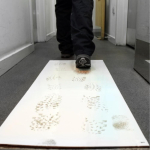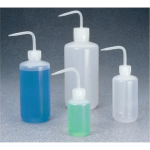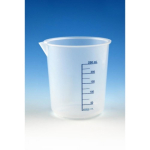Application
Research CategoryCancerOncology
This product is intended for sale and sold solely to academic institutions for internal academic research use per the terms of the “Academic Use Agreement” as detailed in the product documentation. For information regarding any other use, please contact licensing@emdmillipore.com.
SF8628 pediatric diffuse intrinsic pontine glioma (DIPG) cell line harbors the histone H3.3 Lys 27-to-methionine (K27M) mutation and can support research and drug development efforts targeting DIPG.
Cell Line Description
Cancer Cells
Disclaimer
Unless otherwise stated in our catalog or other company documentation accompanying the product(s), our products are intended for research use only and are not to be used for any other purpose, which includes but is not limited to, unauthorized commercial uses, in vitro diagnostic uses, ex vivo or in vivo therapeutic uses or any type of consumption or application to humans or animals.
General description
SF8628 is a human glioma cell line derived by surgical biopsy from a pediatric H3.3K27M DIPG patient (6). This novel cell line may be used to facilitate the testing of specific targeted therapeutics for DIPG.
Diffuse intrinsic pontine gliomas (DIPG) are highly aggressive and difficult to treat tumors arising in the ventral pons of the brain stem. Despite therapeutic advances, DIPG is incurable and most patients, primarily children, die within 2 years of diagnosis. DIPG is one of the leading causes of death in children with brain tumors (1).
A somatic mutation of histone H3.3 resulting in a lysine 27 to methionine substitution (H3.3K27M) occurs in 60% of DIPG (2). In H3.3K27M DIPG patient samples, levels of H3K27 dimethylation (H3K27me2) and trimethylation (H3K27me3) are reduced globally. These epigenetic changes are thought to be important factors driving DIPG oncogenesis (2,3,4). Expression of H3.3K27M was also recently shown to be associated with increased levels of H3K27 acetylation (H3K27ac) and recruitment of bromodomain proteins at sites of active transcription (5). Treatment of H3.3K27M DIPG cells with a bromodomain and extra-terminal domain (BET) inhibitor was found to inhibit proliferation and induced differentiation. BET inhibitors are thus a promising therapeutic approach for the treatment of DIPG.
1. Schroeder KM et al. (2014) Pediatr. Res. 75(1-2): 205–209.
2. Lewis PW et al. (2013) Science 340(6134): 857–861.
3. Chan K-M et al. (2013) Genes & Development 27: 985-990.
4. Hashizume R et al. (2014) Nat Med. 20(12):1394-6.
5. Piunti A et al. (2017) Nat. Med. 23(4): 493-500.
6. Mueller S et al. (2014) Neuro Oncol. 16(3): 352-360.
Quality
Each vial contains ≥ 1X106 viable cells.
Cells are tested negative for Epstein-Barr virus, HPV-16, HPV-18, Hepatitis A, C, Herpesvirus type 6, 7, 8 and HIV-1 & 2 viruses by PCR
Cells are negative for mycoplasma contamination.
Each lot of cells is genotyped by STR analysis to verify the unique identity of the cell line
Storage and Stability
Store in liquid nitrogen. The cells can be cultured for at least 10 passages after initial thawing without significantly affecting the cell marker expression and functionality.







